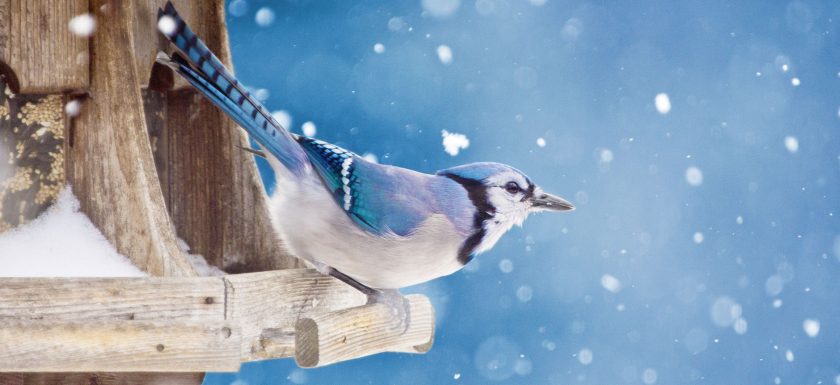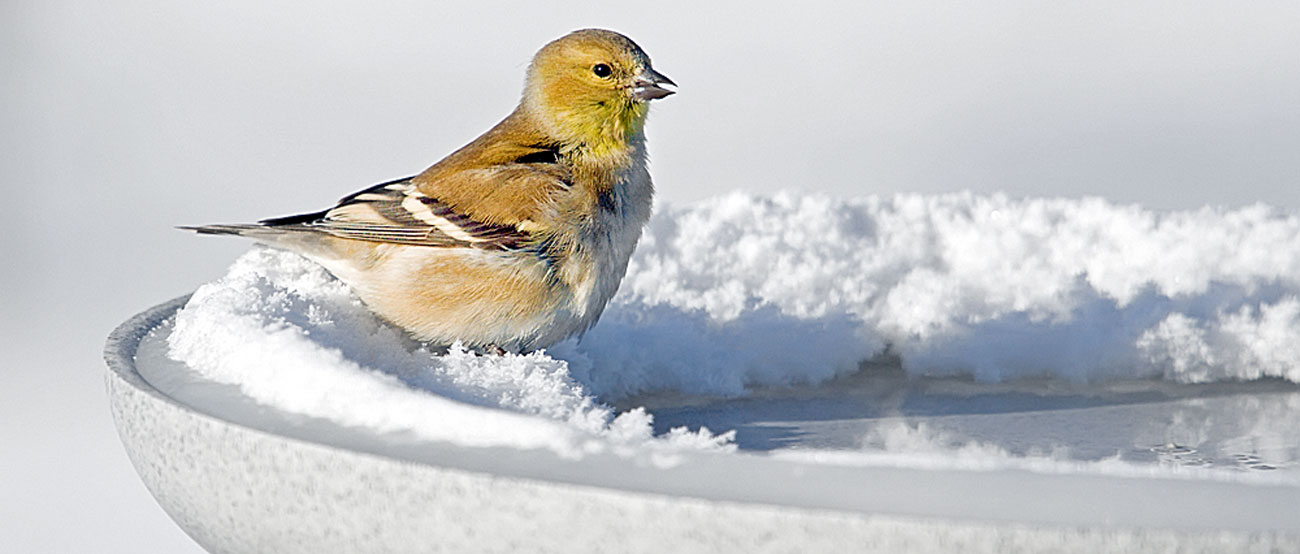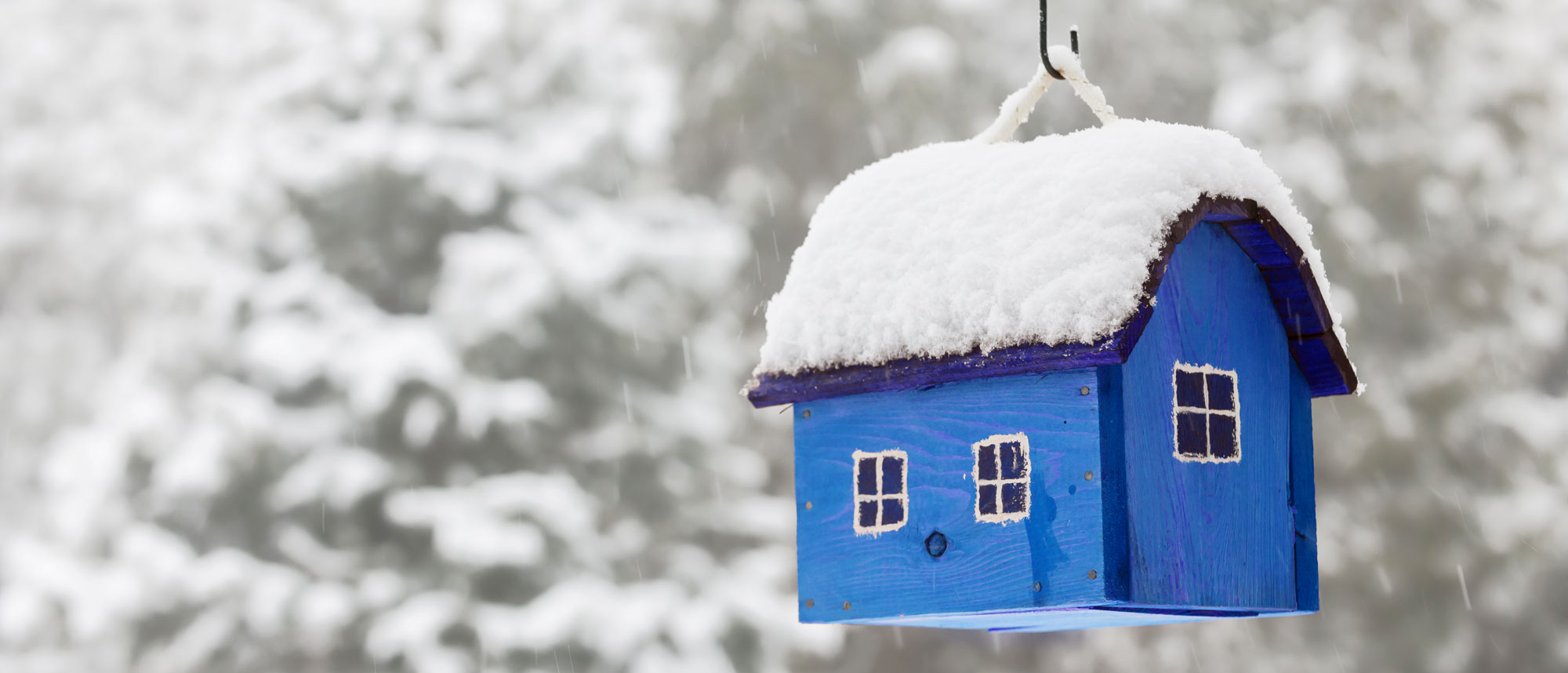We think of cold weather as a time for cozy coats, soft scarves, hot chocolate, and a crackling fire in the fireplace. It’s also the most important time to fill our feeders, because wild birds need our help to make it through the winter.
It might seem like birds should forage naturally so that they don’t become dependent on feeders to survive. In reality, studies have shown that while raptors sometimes become dependent on handouts, seed-eating songbirds do not! Only about 25% of wild birds’ nutrition comes from feeders — the rest is acquired all on their own. Unfortunately, between loss of wild habitat and shifting weather patterns, many traditional food sources just aren’t there anymore. The competition for the remaining food can get fierce as the winter settles in.
Winter is the most important time to fill our feeders, because wild birds need our help to make it through the cold. Click To TweetFeeders are a great way to fill that gap and bring bright colors to dreary days. Suet is an especially ideal food when the weather’s frigid. Made from seeds & nuts blended with rendered fats, this energy-packed treat helps keep birds warm by providing the calories they need to maintain their body temperature. It’s the wild bird equivalent of a bowl of hearty stew.
Water is almost as critical as food. A birdbath provides essential water for birds when natural sources are iced over. Not only do birds need to drink, they need to preen the feathers that insulate them from the cold. If you don’t have a heated birdbath, try a water agitator to discourage ice from forming. You may find whole flocks of visitors stopping by on sunnier days.
How about other ways birds stay warm?
One way birds retain body heat is with their own cozy down coat. As the days cool off, birds grow extra downy feathers which act as natural insulation. If you’ve ever spotted a bird perched with one leg on a branch, it’s likely that the other leg is pulled up into the fluffy feathers to keep warm. Birds also shiver just like humans to generate energy and keep circulation moving.
Shelter is at a premium throughout cold, snowy months. Instead of spending the night on exposed branches, birds like Goldfinches will hunker down in protected places such as dense thickets or shrubs where snowfall can’t reach them. Other species, such as Chickadees, combine their efforts and roost together in big groups to stay warm — more birds equals more heat! Some birds are even able to turn down their entire metabolism into a state of light hibernation to reduce energy consumption at night.
Whether you’re offering food, water, or shelter (or all three!) you’re helping your neighborhood birds to survive. Watching these colorful beauties through the window reminds us even on the coldest days that spring is on its way!



